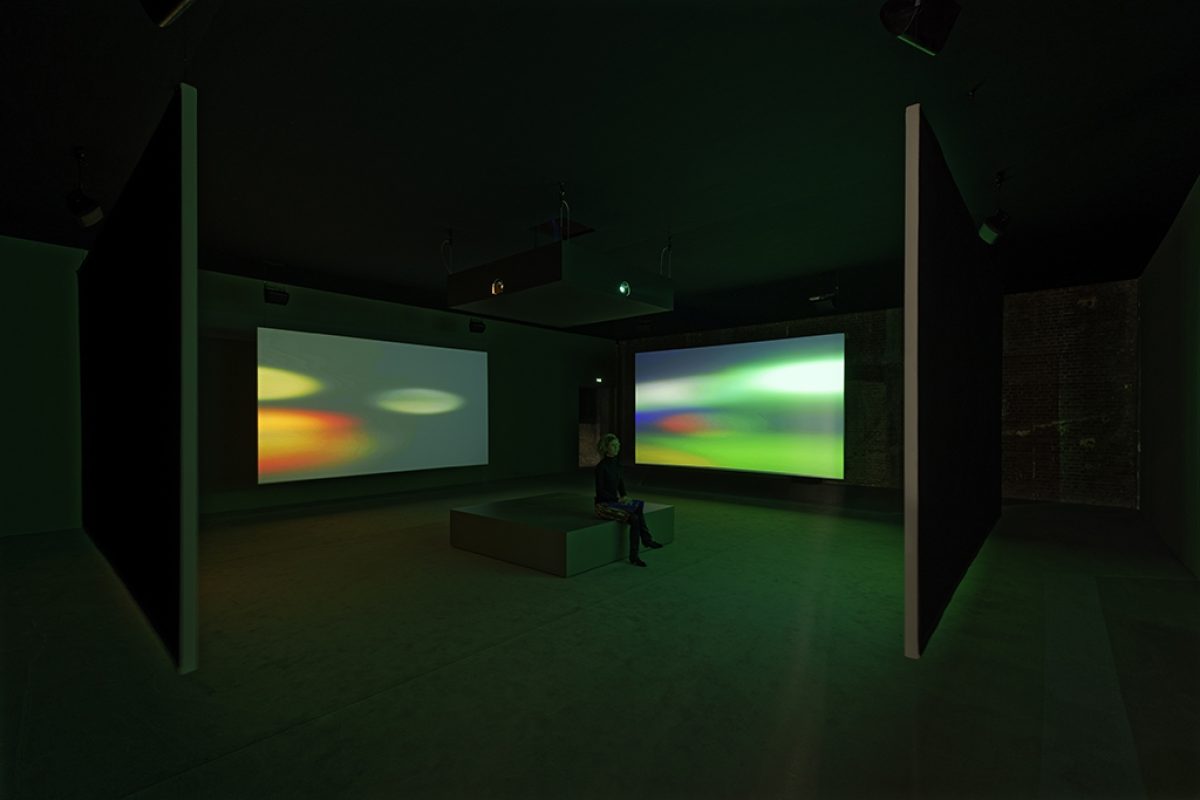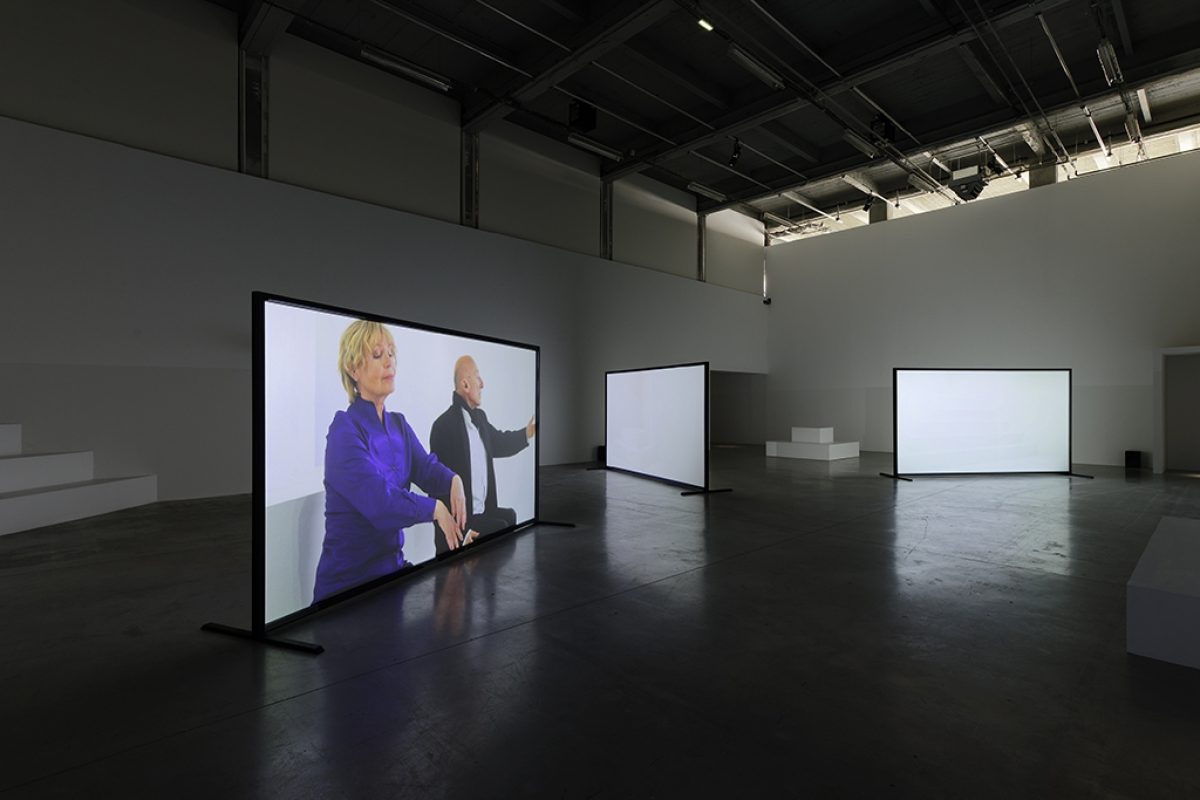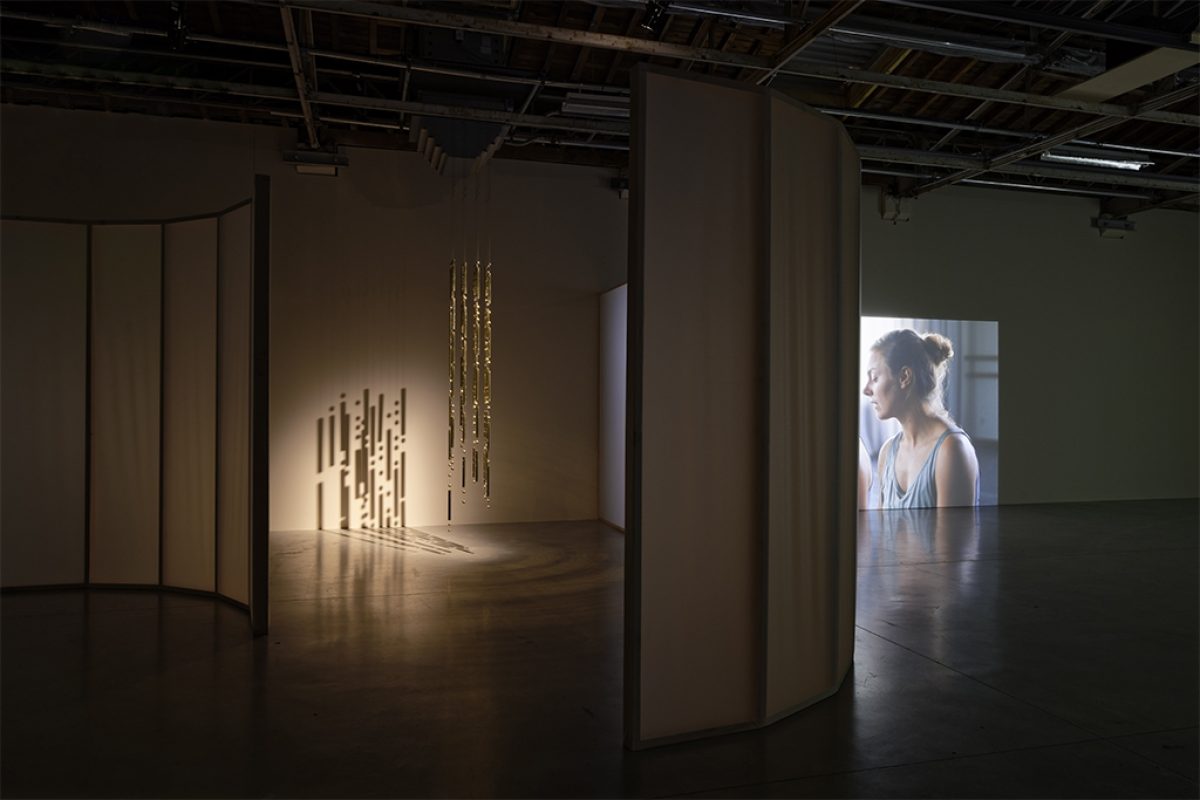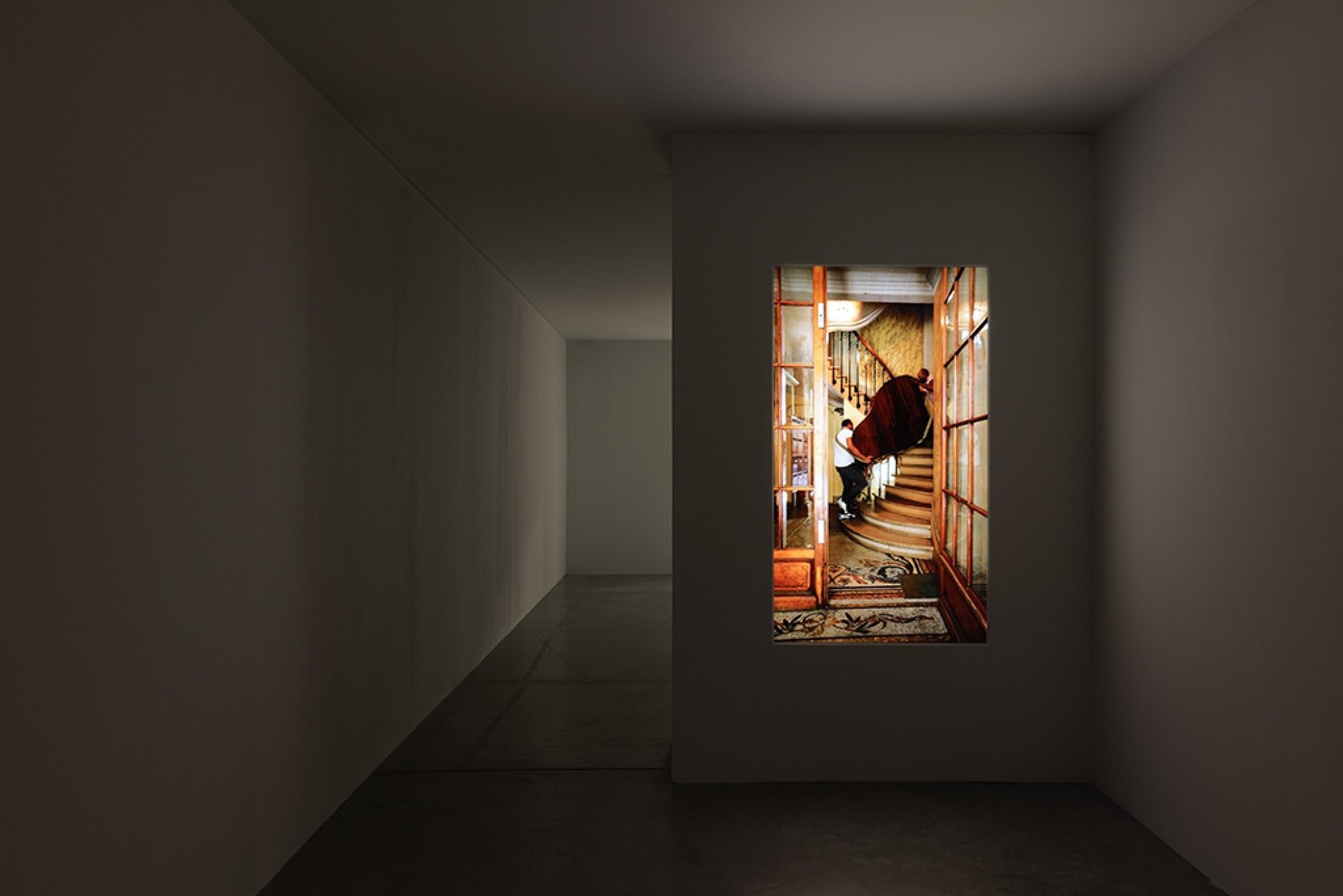Angelica Mesiti
When doing is saying
20th February – 12th May 2019
Palais de Tokyo
Some utterances are the very act that they describe. The philosopher of language J.L. Austin called them “performative” during a series of lectures in the 1950s – published posthumously as “How to Do Things with Words” and translated into French as “Quand dire c’est faire” (when saying is doing) – thus upturning linguistics by opening out a new field based on a theory of acts of language. As for Angelica Mesiti, for several years she has been developing research into non-verbal communication. Her ambitious video installations, both the fruition of long-term explorations and chance encounters, explore the potentialities of language which, beyond speech or writing, are contrary to any explicit expression, but still remain possible as a means of communication. As the artist says, “words are not my tool; all my training is about expression in a different way.”
Her solo show at the Palais de Tokyo, the first in a French institution, is entitled “Quand faire c’est dire” (when doing is saying), a symbolic reversal of a performative utterance. Covering the 2012 – 2017 period, the exhibition highlights an iconic selection of Angelica Mesiti’s works, most of which having never been displayed in France. Deployed over a broader extent in the 1,000sqm of the Galerie Seine, her video installations create an immersive journey, which becomes increasingly experimental during the visit, requiring each visitor’s active participation.
Whether it is a question of documenting musical performances from distant lands, but produced far away from their original contexts, staging a choir performing in sign language, or else adapting a Morse code message into music, choreography and sculpture, Angelica Mesiti creates new languages based on existing systems. The artist pays attention to questions of translation, through sound, or the body, of various cultural phenomena. In all of these works, she highlights the grace and inventiveness of everyday life, while underlining the social and political outreach of performance and music.
Curator: Daria de Beauvais
Images

Angelica Mesiti
Exhibition view, “When doing is saying”, Palais de Tokyo, 2019
Photo: Aurélien Mole

Angelica Mesiti
Exhibition view, “When doing is saying”, Palais de Tokyo, 2019, photo: Aurélien Mole

Angelica Mesiti
Exhibition view, “When doing is saying”, Palais de Tokyo, 2019, photo: Aurélien Mole

Angelica Mesiti
Exhibition view, “When doing is saying”, Palais de Tokyo, 2019, photo: Aurélien Mole



